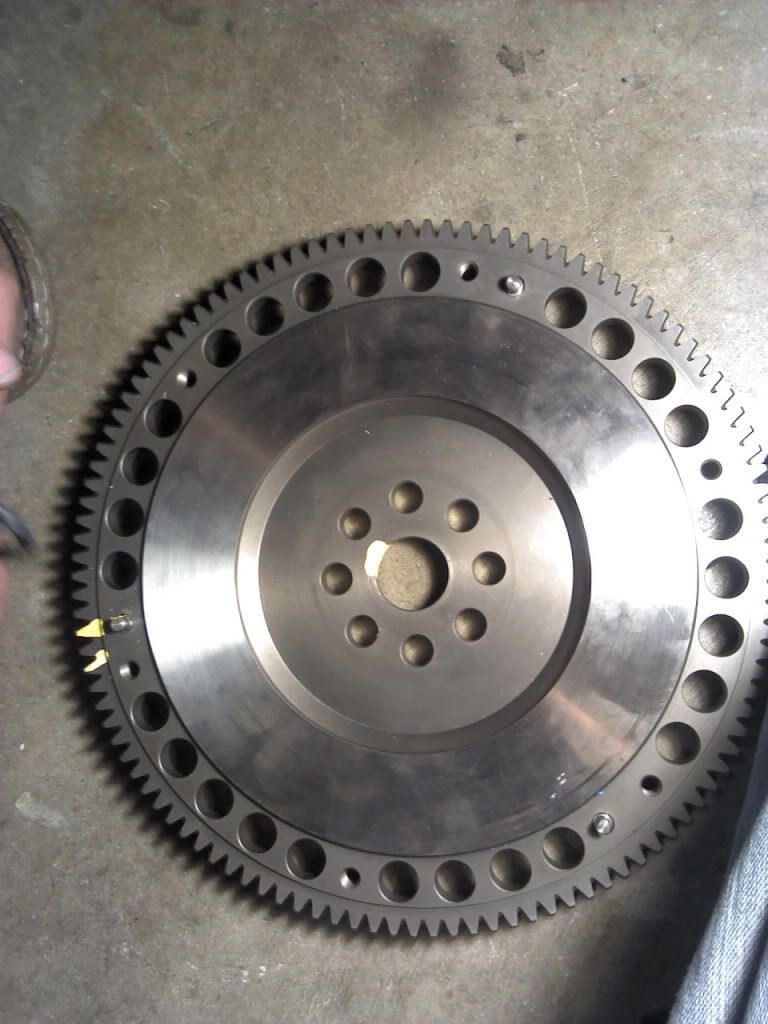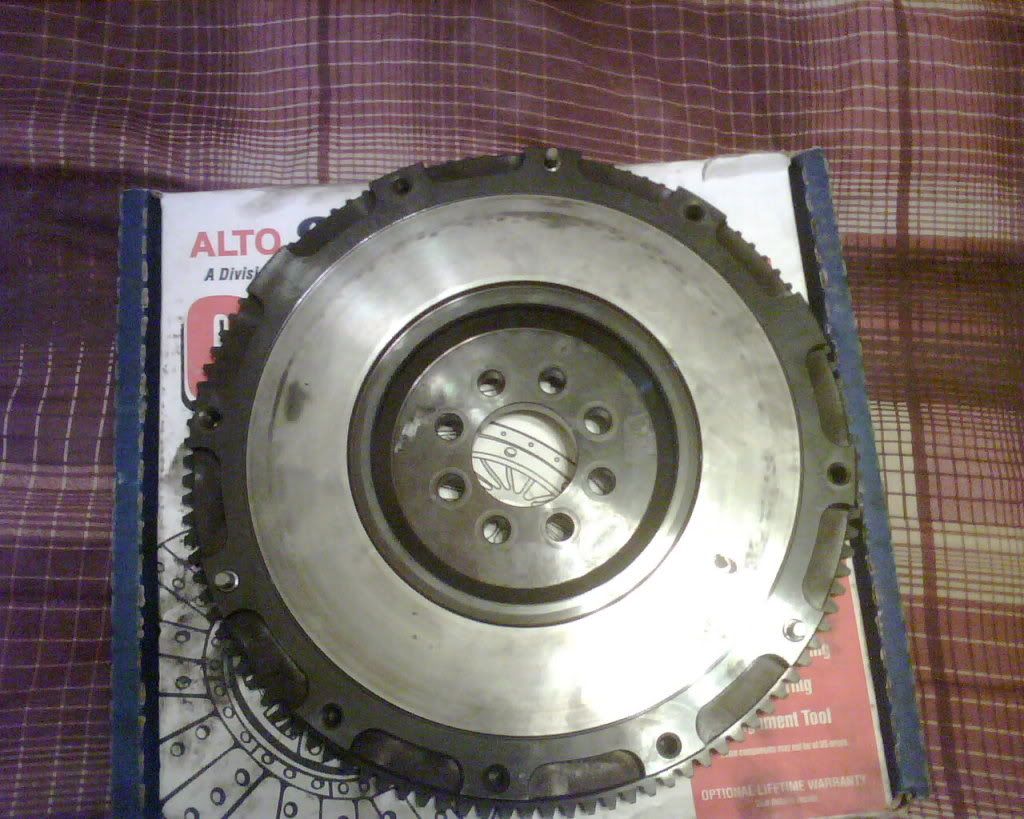
Originally Posted by
92SentraSE-R  It is possible that when the engine speed is greater than 6000 RPM and the clutch pedal is depressed, centrifugal loads on the clutch diaphragm spring may be greater than the clutch return load from the diaphragm spring. This force created by RPM would be directionally opposite to the clutch bearing force, causing a near net zero or less than zero return force. As a consequence, the clutch pedal may be stuck at the bottom of travel at the floor. Once the engine speed reduces to less than 6000 RPM, spring return load dominates and the clutch pedal returns to normal function
It is possible that when the engine speed is greater than 6000 RPM and the clutch pedal is depressed, centrifugal loads on the clutch diaphragm spring may be greater than the clutch return load from the diaphragm spring. This force created by RPM would be directionally opposite to the clutch bearing force, causing a near net zero or less than zero return force. As a consequence, the clutch pedal may be stuck at the bottom of travel at the floor. Once the engine speed reduces to less than 6000 RPM, spring return load dominates and the clutch pedal returns to normal function
This seems like the answer to WHAT the problem is, but now the question is WHY is this happening?
I can see only 2 possibilities:
1) This seems unlikely since it is happening with different clutches, but there could be something wrong with the design or manufacturing of the pressure plate.
2) Too large of a step machined into the flywheel which means the pressure plate has to be pushed further than it should to disengage the disk. I am more than willing to be that this is the issue.
The factory spec step in a stock sr20 flywheel is very small. From this picture I found of an F1-Racing flywheel on google, the step looks WAY too large:

You guys need to either ditch that flywheel or get it machined down closer to factory specs.
You could also probably fix the issue by making a spacer out of aluminum sheet to fit between the pressure plate the the mounting surface of the flywheel. This may be the best option since the spacer could be swapped for a thinner one or removed completely as the friction surface of the flywheel wears down, adding to the life of the flywheel.






 Be the first to like this post.
Be the first to like this post.
 Be the first to like this post.
Be the first to like this post.
 Be the first to like this post.
Be the first to like this post.

 Thanks!
Thanks!
 Be the first to like this post.
Be the first to like this post.


 Be the first to like this post.
Be the first to like this post.
 Be the first to like this post.
Be the first to like this post. Be the first to like this post.
Be the first to like this post.
 Be the first to like this post.
Be the first to like this post.
 Be the first to like this post.
Be the first to like this post.